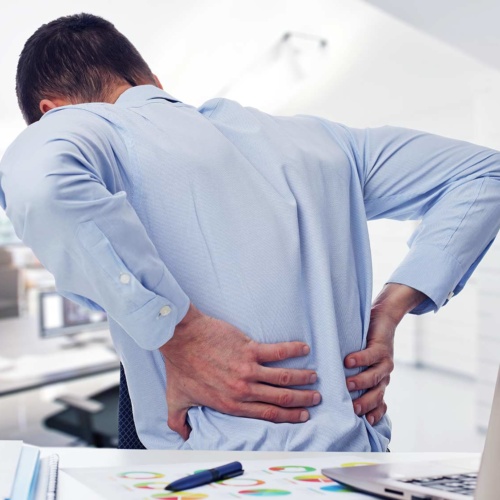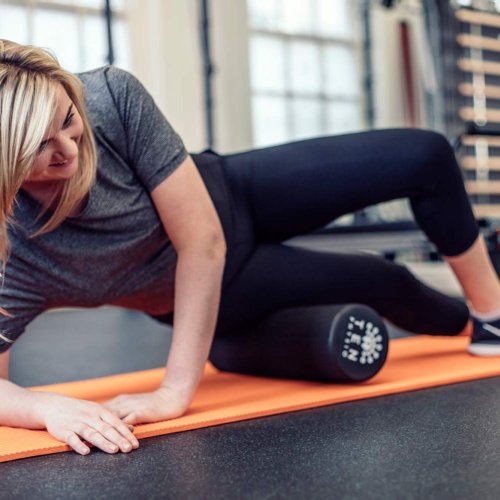Your session is going as planned, your client is moving well, they’re happy and then you say The Thing: “OK, let’s set you up for some deadlifts.” Then the reaction… the hand to the lower back, the slight step away, the look of worry and the excuses: “I have a bad back, I can’t do deadlifts …” etc.
It’s amazing how many clients react badly when faced with the dreaded deadlift. Especially as, done properly, there’s really nothing to dread. Commonly, the problem will be that the client has tried to deadlift without proper supervision or cueing, or done them competitively with a friend and had an adverse reaction. Just one experience like this can be enough to convince someone they can’t – and shouldn’t – deadlift again.
As a physio, what if I was to tell them that deadlifts are actually good for you and can even help your back pain? Stay with me on this.
Let’s take it as read that it’s essential a client’s goals, training and injury history and mental attitudes/approach to exercise are taken into consideration before any exercise – deadlifts included – is prescribed. But, typically, any exercise can be safe, providing the client has first been built up to achieve the basic standard, educated around the technique and guided slowly through it.
With this as the foundation, I’m a firm believer that deadlifts can help back pain from multiple angles. Typically, those suffering from back pain, especially sedentary workers, will have poor active control and strength of the glutes, weak hamstrings and poor lumbo/ pelvic /hip dissociation. The deadlift movement provides benefits to each of these.
Learning how to pivot purely from the hip joint will decrease the small rotator muscle stiffness and provide strength into the posterior chain. This new range should minimise their injury window and the strength should naturally stabilise them in at-risk positions.
Stiffness and aches in the lower back after deadlifts are common complaints. Society overtime has hugely increased the stigma surrounding lower back pain which means people’s attitudes towards it differ from other forms of pain – say an ankle sprain. If stiffness and aching lasts no more than 48hrs and doesn’t have a significant impact on daily activities, it is most likely DOMS, which is exactly what we are looking for. Strengthening the multifidus, erector spinae and thoracolumbar fascia will help prevent further episodes of back pain.
If we delve into the psychological approach to exercise, often you’ll hear clients make negative statements about their back: their back is weak, it always will be and nothing will help. The more we get to grips with the causes of these limiting beliefs, the more easily we can fix the client’s misconception – and, with it, their back.
Through education, understanding and careful conversation, we can help clients buy into the idea that strengthening it with a correct approach is OK. Teaching them to see their backs as robust, strong and mobile structures will only have positive outcomes, both in terms of future injury risk and the strength gains they’re looking for.
The world of exercise is surrounded by misinformation and limiting beliefs and, as professionals, we need to spend more time challenging both. There are few (if any) inherently good or bad exercises. Everything is relative – to the client’s situation and goals, the expertise of the therapist/trainer and the parameters determining exercise prescription.
This article reproduced by kind permission of Fitpro magazine





